API penetration testing simulates real-world attacks on APIs to identify vulnerabilities across authentication, data exposure, and backend integration points. It targets REST, GraphQL, and SOAP endpoints where sensitive operations often occur.
As modern applications rely heavily on APIs for everything from user logins to data processing, the attack surface has drastically widened. Traditional app or network testing misses API-specific risks, like broken object-level authorization or misconfigured endpoints, that can directly expose backend systems.
That’s why focused API pentesting is essential to uncover access control issues, logic flaws, and insecure integrations, before they turn into real-world breaches.
tl;dr: API penetration testing exposes real-world risks like BOLA, broken authentication, data leaks, and logic flaws across REST, GraphQL, or gRPC endpoints. It’s essential before launches, after major changes, or during compliance cycles. A thorough pentest manually probes access controls, simulates attack chains, and maps findings to OWASP API Top 10. AppSecure delivers protocol-aware, business-focused API pentests with detailed remediation, retesting, and DevSecOps-ready support.
Common vulnerabilities found in API testing
During API testing, certain types of vulnerabilities consistently show up, often reflecting logic flaws, misconfigurations, or over-trusted client behavior. Here are the most common ones:
- Broken object level authorization (BOLA)
This vulnerability occurs when APIs rely solely on user authentication and fail to implement object-level access control. Endpoints such as GET /user/1234/profile or DELETE /invoice/875 expose internal object identifiers (IDs) without validating whether the caller has permission to access or modify that specific object.
In such cases, manipulating parameters in the path, query string, or request body allows unauthorized access to data or actions tied to other users. This is a direct result of missing or improperly implemented authorization logic on the backend layer.
- Broken authentication
Authentication mechanisms in APIs often suffer from poor session/token management and weak credential validation flows.
Issues include long-lived access tokens without proper expiration or revocation mechanisms, stateless JWTs signed with insecure algorithms (none, HS256 with public keys), and insufficient checks on token integrity or user session state.
Additionally, APIs may fail to distinguish between authentication and authorization scopes, allowing access even after improper token validation. These flaws allow attackers to spoof identities or maintain persistent unauthorized sessions.
- Excessive data exposure
Many APIs expose full internal objects in their responses, returning entire database entities when only a subset of fields is needed. This often results in sensitive data, such as isAdmin, userRole, internal feature flags, hashed credentials, or PII (think email, phone, and address), being included in response payloads.
Since client-side applications are expected to render only relevant information, this overexposure is rarely visible without inspecting raw responses. This violates the principle of least privilege at the data level and leads to unnecessary attack surface.
- Mass assignment
Mass assignment vulnerabilities arise when APIs bind incoming JSON or XML payloads directly to internal data models without whitelisting allowable fields. Attackers can craft requests with unexpected or hidden parameters (e.g., isSuperUser, role, accountStatus) that should not be controlled by clients.
If the backend blindly maps these fields to database properties or objects using auto-binding frameworks, it creates unauthorized privilege changes or state manipulations. This is especially common in object-relational mapping (ORM) environments with automatic serialization.
- Improper rate limiting
APIs that do not implement strict rate limiting per user, IP, or token are susceptible to brute-force attacks and abuse. Login and OTP endpoints are especially high-risk, as attackers can send a high volume of credential guesses or token requests without being throttled.
APIs may lack enforcement of retry delays, account lockouts, or concurrent request limits. In some cases, lack of isolation across tenants or sessions allows abuse of shared infrastructure, leading to resource starvation and denial-of-service conditions.
- Server-side request forgery (SSRF)
SSRF vulnerabilities occur when APIs accept user-supplied URLs or IP addresses and allow the backend server to initiate outbound requests without proper validation. This often affects endpoints used for URL previews, file uploads from remote sources, webhook testing, or SSR image rendering.
Attackers can exploit these endpoints to access internal systems, cloud provider metadata services, or perform internal port scans, bypassing external firewalls and gaining lateral access.
- Misconfigured CORS policies
Cross-Origin Resource Sharing (CORS) misconfigurations in APIs often allow dangerous cross-domain requests.
Common missteps include wildcard origin headers (Access-Control-Allow-Origin: *) in conjunction with credentials (Access-Control-Allow-Credentials: true), or reflecting unauthorized Origin headers in the response.
These flaws let malicious websites execute authenticated API calls via the victim’s browser session, effectively bypassing same-origin policies and leading to unauthorized data exposure through cross-site attacks.
- Insecure direct object references (IDOR)
APIs that expose direct references to internal resources (e.g., filenames, document IDs, record keys) without enforcing access controls are vulnerable to IDOR.
These endpoints are often structured like GET /reports/56789 or POST /accounts/4455/transfer, and rely on the assumption that only the legitimate user knows the identifier.
Without backend-side ownership validation, attackers can increment or guess these values to retrieve or alter other users’ data or perform unintended actions.
- Lack of input validation and filtering
APIs that fail to perform strict input validation allow unsafe data to propagate into backend systems. Input vectors include path parameters, query strings, HTTP headers, and request bodies (JSON, XML, form-encoded).
Without enforcing data types, content length, schema conformity, or special character sanitization, these inputs become vectors for injection-based attacks, such as SQL injection, command injection, XML External Entity (XXE) attacks, or even insecure deserialization.
This undermines backend integrity and opens the door for data corruption or code execution.
API pentesting methodology
Apart from knowing the common vulnerabilities that affect APIs, it’s equally important to understand how a structured API penetration test is conducted.
Below is a breakdown of the typical stages in a complete API pentesting methodology:
- Scoping and understanding the API architecture
The first step is to define the scope of the engagement, what APIs are in use, whether they are internal, external, or third-party, and what environments (dev/staging/production) are being tested.
This includes understanding the application’s architecture: microservices vs monolith, protocol types (REST, GraphQL, SOAP), and API hosting patterns (API gateway, reverse proxy, direct service exposure). Security boundaries, tenant segmentation, and backend integrations are also noted for targeted testing.
- Reviewing API documentation (swagger, OpenAPI, postman)
Where available, formal documentation like Swagger/OpenAPI specs or Postman collections are reviewed to map out the endpoints, accepted methods, expected request/response schemas, authentication flows, and error handling behavior.
These artifacts accelerate endpoint discovery and reveal declared, but potentially misconfigured, parameters or objects. They also help identify undocumented or legacy endpoints that may still be exposed but unprotected.
- Endpoint enumeration
Using a combination of documentation, traffic analysis (via Burp Suite, ZAP, or proxy tools), and brute-force techniques (like wordlists or fuzzing paths), the tester maps out all reachable API endpoints.
This includes parameterized routes, hidden endpoints, deprecated APIs, and versioned paths (/v1/, /api/internal/). Enumerating all accessible endpoints is critical for achieving full coverage during the test.
- Authentication and session handling
Next comes a deep inspection of how the API handles authentication. This includes identifying the use of tokens (e.g., OAuth2, JWTs, API keys), token issuance flows, session expiration, and revocation mechanics.
Testers evaluate whether authentication is centralized, consistent across endpoints, and protected against manipulation. Token replay, misuse of refresh tokens, or insecure token storage are explored at this stage.
- Input manipulation and fuzzing
API parameters, both in URL paths and request bodies, are systematically tampered with using fuzzing techniques. This includes type mismatches, boundary values, special characters, oversized payloads, and injection payloads.
The goal is to trigger parsing errors, crash conditions, or logic inconsistencies. Content-Type headers, nested JSON, XML payloads, and malformed parameters are used to assess the backend’s resilience to abnormal input.
- Authorization bypass attempts
This stage focuses on testing access control across users, roles, and tenants. Horizontal privilege escalation (accessing another user's data) and vertical escalation (elevating privileges) are attempted by modifying IDs, roles, and tokens.
Multi-tenant APIs are tested for tenant isolation by tampering with identifiers and metadata. Unprotected administrative endpoints, insecure role enforcement, and broken object-level access controls are the key targets here.
- Business logic abuse testing
Beyond technical flaws, testers examine how business workflows can be abused. This includes placing duplicate orders without payment, bypassing rate-limited transactions, modifying order quantities post-payment, or invoking API sequences out of intended order.
Logic flaws often go undetected in functional tests and require an understanding of domain-specific behavior.
- Exploitation of chained vulnerabilities
Individual vulnerabilities may seem low-impact, but when chained together, they can lead to full compromise. For example, IDOR combined with a token misconfiguration can escalate to data exfiltration across tenants.
The pentester analyzes how multiple weaknesses interact to bypass defenses or gain deeper access. Chaining often involves crafting custom payloads or automating workflows to simulate real attack paths.
- Reporting and remediation guidance
Finally, detailed findings are documented with proof-of-concept (PoC) requests, risk severity, affected endpoints, and suggested remediations.
Penetration testing reports prioritize exploitable flaws, highlight architectural issues, and offer technical guidance tailored to the platform, such as enforcing schema validation, implementing least privilege, or tightening token scopes.
When should you conduct API penetration testing?
APIs are constantly evolving as products scale, features shift, and integrations expand. Because of this, penetration testing shouldn't be a one-time task, it needs to be strategically aligned with development and operational milestones.
Below are the most important windows when API penetration testing delivers the most value, along with the ideal duration to conduct it:
| Ideal testing scenario | Recommended testing duration |
|---|---|
| Before launching a mobile or SaaS application | 4 to 6 weeks before release (pre-production). |
| After major API changes or architectural redesign | As soon as the new version is deployed to staging. |
| When onboarding third-party integrations | During integration testing or immediately after implementation. |
| During compliance audits (e.g., GDPR, HIPAA, PCI DSS) | In sync with audit preparation timelines. |
| As part of annual security programs | Once per year or before public bug bounty programs. |
AppSecure’s approach to API penetration testing
For accurate API security results, you need more than just automated scans or surface-level checks, you need a team that understands how APIs behave in the real world. That’s where we come in.
At AppSecure, we’re known for our hacker-led and business-aware approach to API security. Our assessments are deep, protocol-aware, and aligned with modern compliance standards.
Here’s how we approach API penetration testing:
- In-depth manual testing aligned with OWASP API security top 10
We don’t rely on scanners to check boxes. Our strength lies in deep manual testing that targets the OWASP API Security Top 10, like Broken Object Level Authorization (BOLA), Broken Authentication, Excessive Data Exposure, and more.
Every endpoint is manually explored to uncover subtle, chained, and logic-based vulnerabilities that automated tools often miss.
- Business logic testing based on real user flows
Every application is different, and so are the ways users interact with it. That’s why we design test cases based on real user behavior, like multi-step transactions or onboarding flows. We look for logic flaws, race conditions, and abuse scenarios that fall outside standard vulnerability classes but still pose high business risk.
- Support for REST, GraphQL, and gRPC APIs
Whether you use REST, GraphQL, or gRPC, our team is equipped to handle it. We test REST APIs through standard request tampering and fuzzing, dig into GraphQL schemas to test deep query structures, and work with gRPC using custom-crafted Protobuf payloads.
Our multi-protocol testing ensures that no layer of your API stack is overlooked.
- Reverse-engineering frontends when documentation is missing
If documentation like Swagger or Postman collections is missing or outdated, we don’t stop there.
We reverse-engineer your frontend, whether mobile or web, by intercepting and analyzing live traffic using proxy tools. In mobile app assessments, we also decompile APKs or binaries to reconstruct undocumented API calls and uncover hidden logic.
- Real-world attack simulation with safe exploitation
We go beyond static checks to simulate actual attacker behavior. That includes chaining vulnerabilities, like IDOR with token leakage, to demonstrate real impact in a controlled environment. All exploitation is conducted safely, typically in staging setups, giving your team a clear view of risk without production downtime.
- Actionable remediation reports with retesting options
Our reports are technical, clear, and immediately useful. We provide detailed evidence: request/response samples, impact descriptions, severity ratings, and fix recommendations. These reports are crafted for both developers and security leaders.
Once fixes are applied, we also offer retesting to ensure all vulnerabilities have been properly resolved.
- Seamless integration with DevSecOps and CI/CD pipelines
We align security with the way your teams work. Our tests can plug directly into your CI/CD pipelines, allowing security checks to run alongside your development cycles. This supports continuous validation and ensures security becomes an integrated part of your DevSecOps process.
- Compliance-aware testing (PCI DSS, HIPAA, ISO 27001)
We understand that security and compliance go hand in hand. Our testing approach is aligned with major standards like PCI DSS, HIPAA, and ISO 27001. We focus on areas such as access control, data handling, and audit logging to help your team meet compliance obligations while strengthening technical defenses.
Keep your APIs safe from attackers
APIs are one of the most exploited entry points in today’s applications. Automated scanners can’t detect complex issues like broken object authorization or business logic flaws. That’s why API penetration testing is critical, it helps protect customer data, internal systems, and core application flows.
At AppSecure, we provide tailored API security assessments aligned with your architecture and compliance needs. Get in touch to schedule a focused API pentest and stay one step ahead of real-world threats.
FAQs
- Does AppSecure test all types of APIs, like REST, GraphQL, and SOAP?
Yes, AppSecure tests all major API types, including REST, GraphQL, and SOAP, using tools and methods designed for each one.
- Will API testing affect my live services?
No, all testing is done in staging environments to keep your live systems safe and running without any impact.
- How often should APIs be tested?
At least once a year or after any major change, like adding new endpoints or updating integrations.
- How long does API testing take?
Most tests take 5 to 8 business days, depending on how many endpoints and how complex your API is.
- Does AppSecure offer a retest after we fix the issues?
Yes, we include one free retest to check if all issues are fixed properly.

Ankit Pahuja is a B2B SaaS marketing expert with deep specialization in cybersecurity. He makes complex topics like EDR, XDR, MDR, and Cloud Security accessible and discoverable through strategic content and smart distribution. A frequent contributor to industry blogs and panels, Ankit is known for turning technical depth into clear, actionable insights. Outside of work, he explores emerging security trends and mentors aspiring marketers in the cybersecurity space.



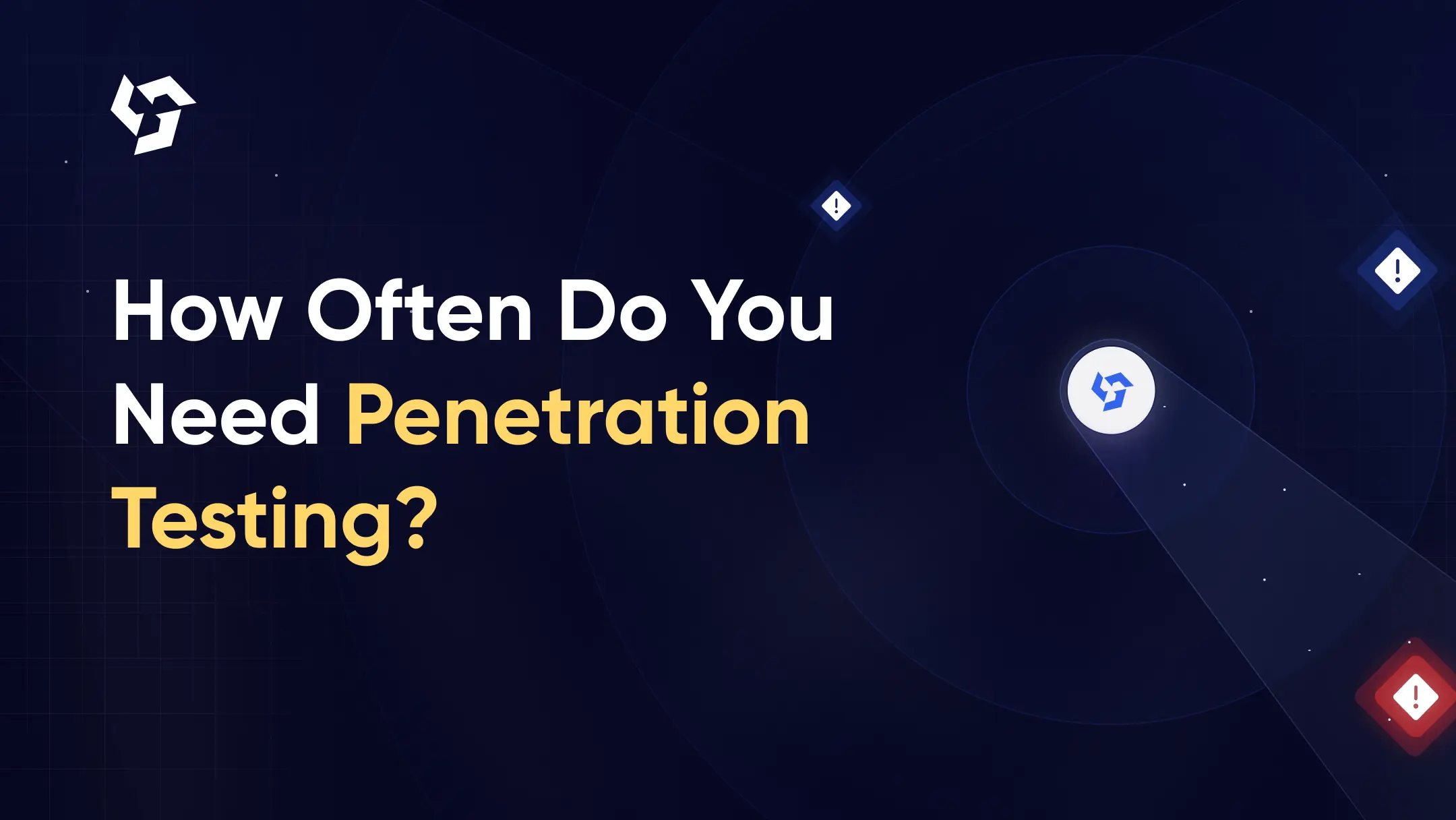
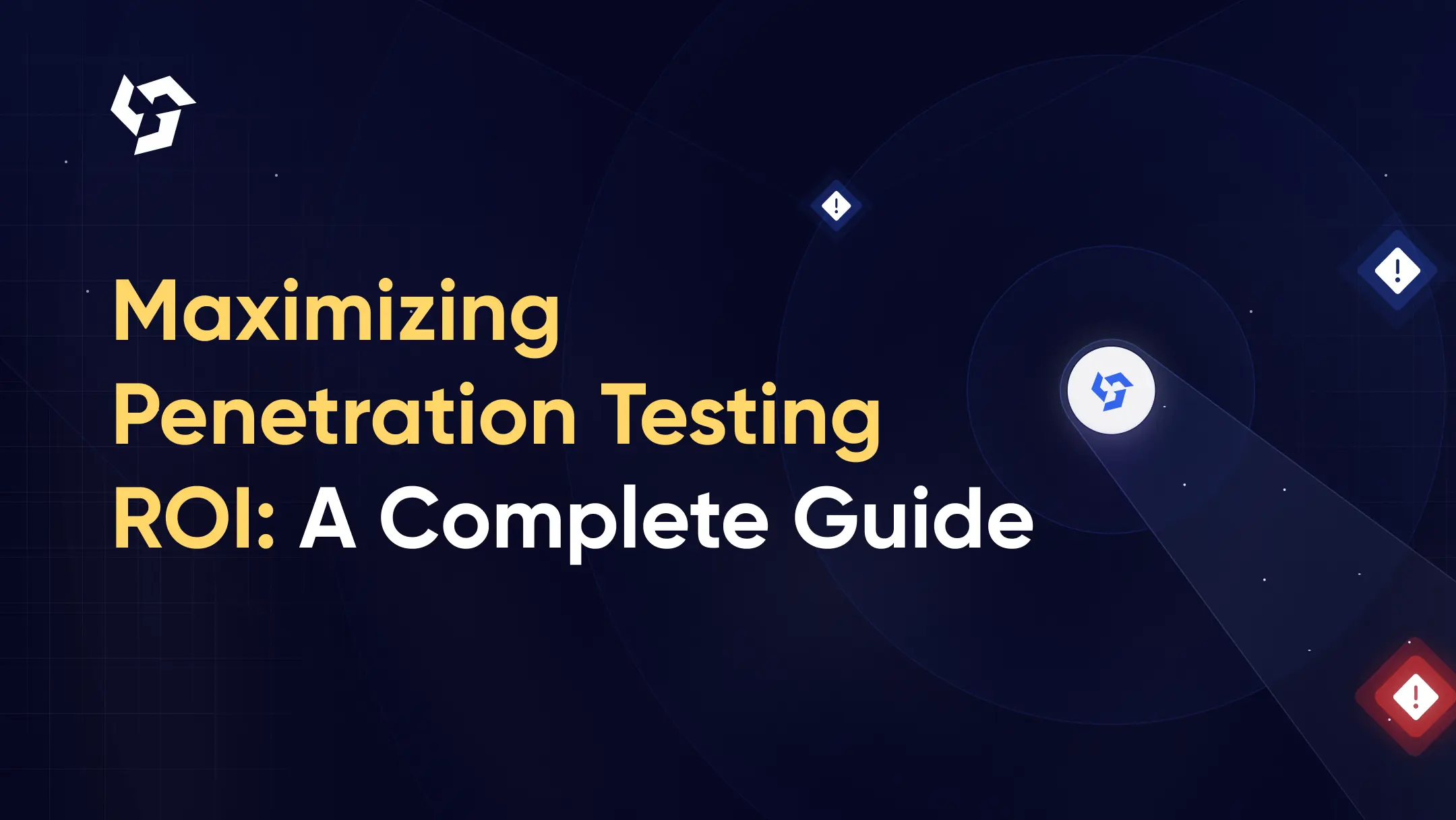


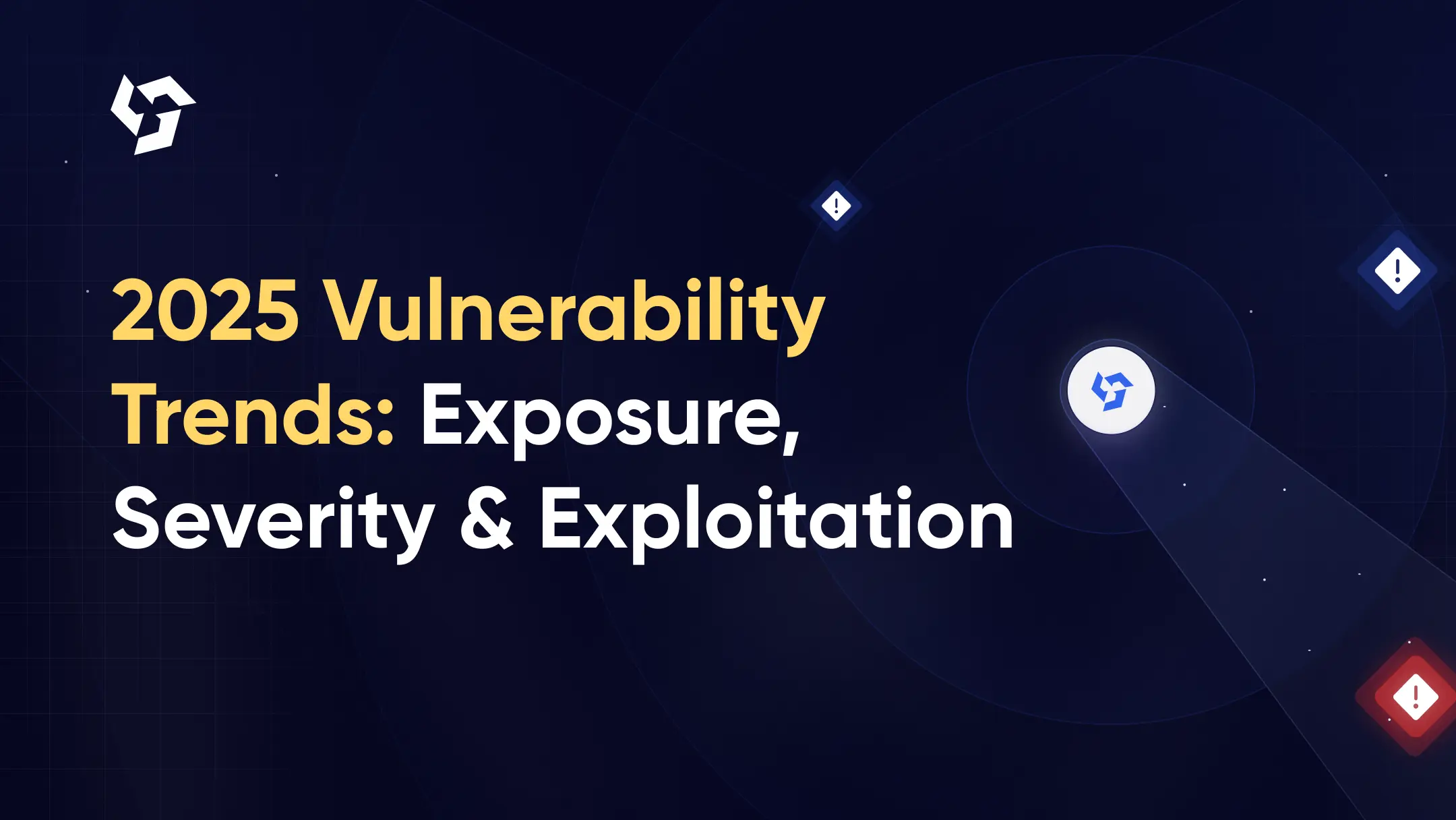
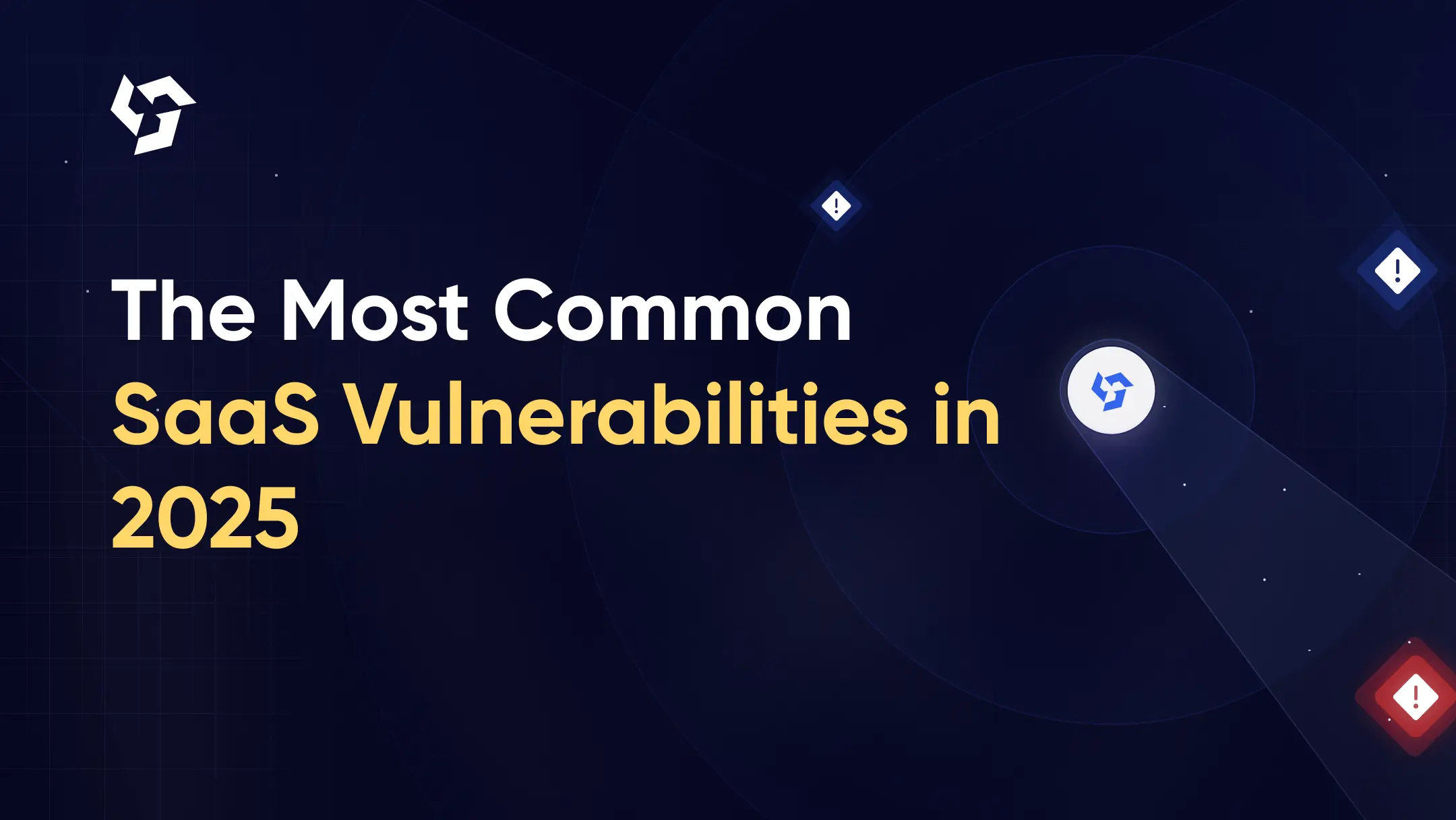


















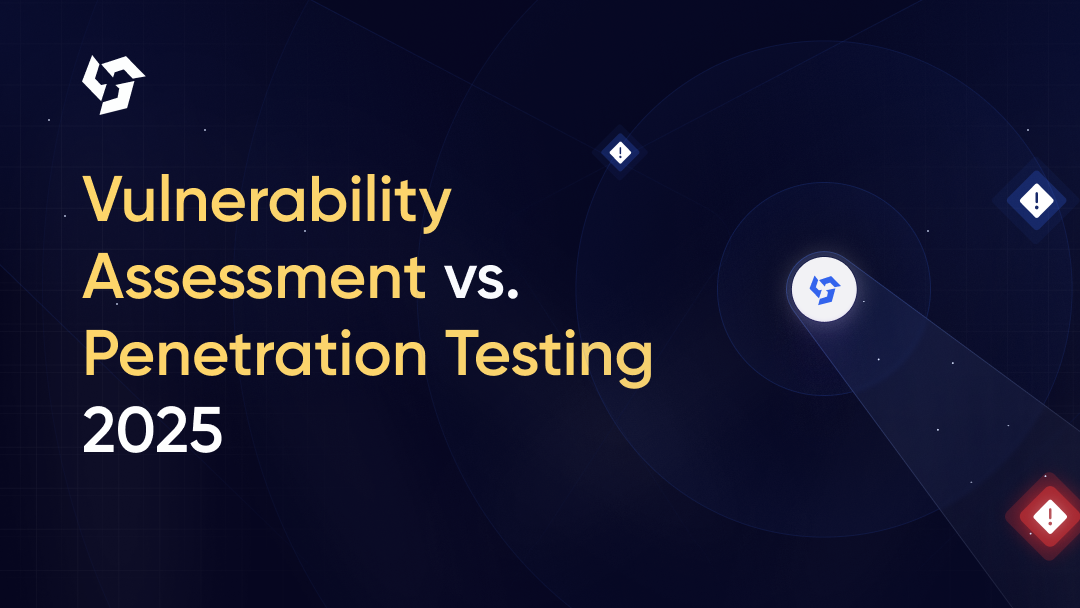

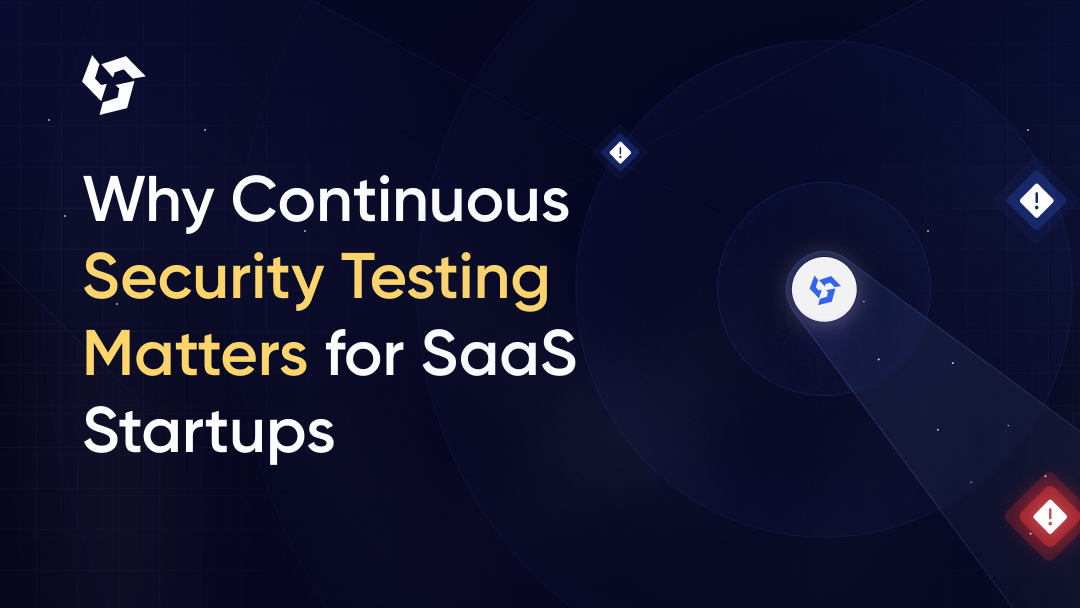
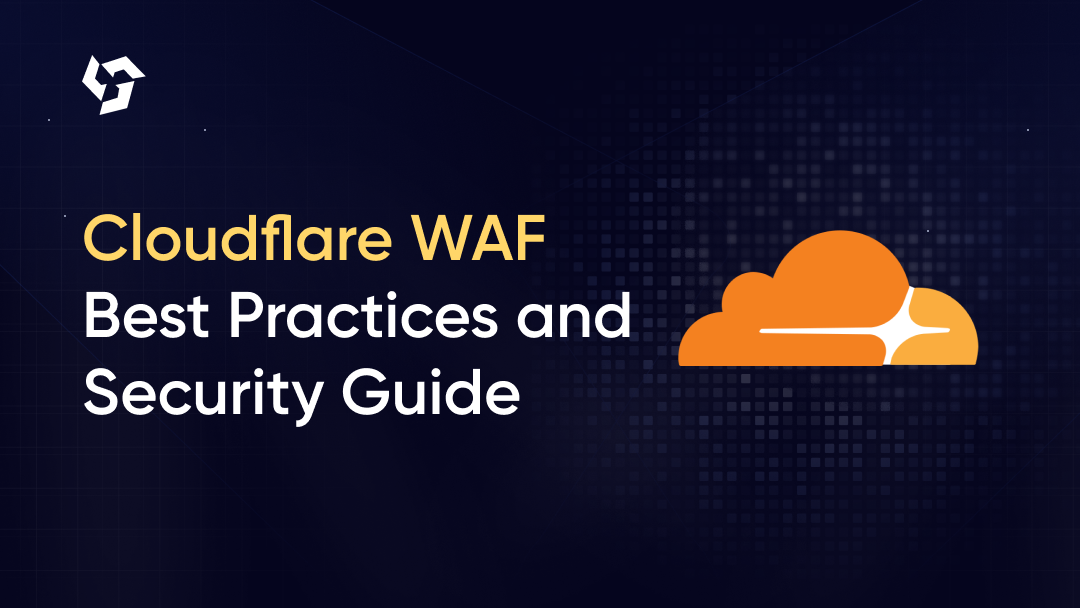




.png)
.png)

.png)
.png)
.png)
.png)
.png)
.png)

.png)
.png)

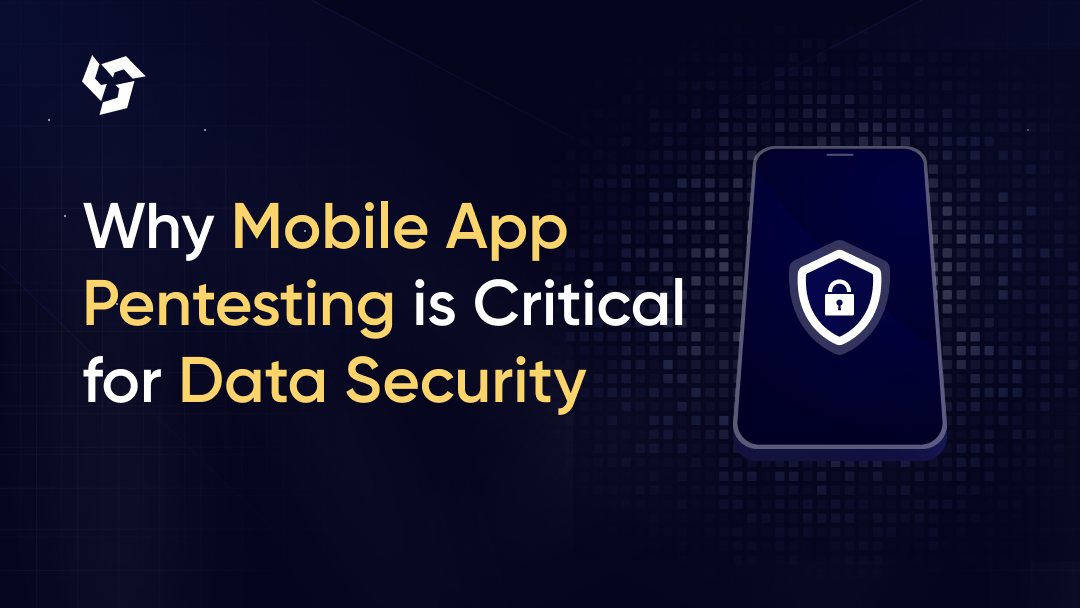
.png)


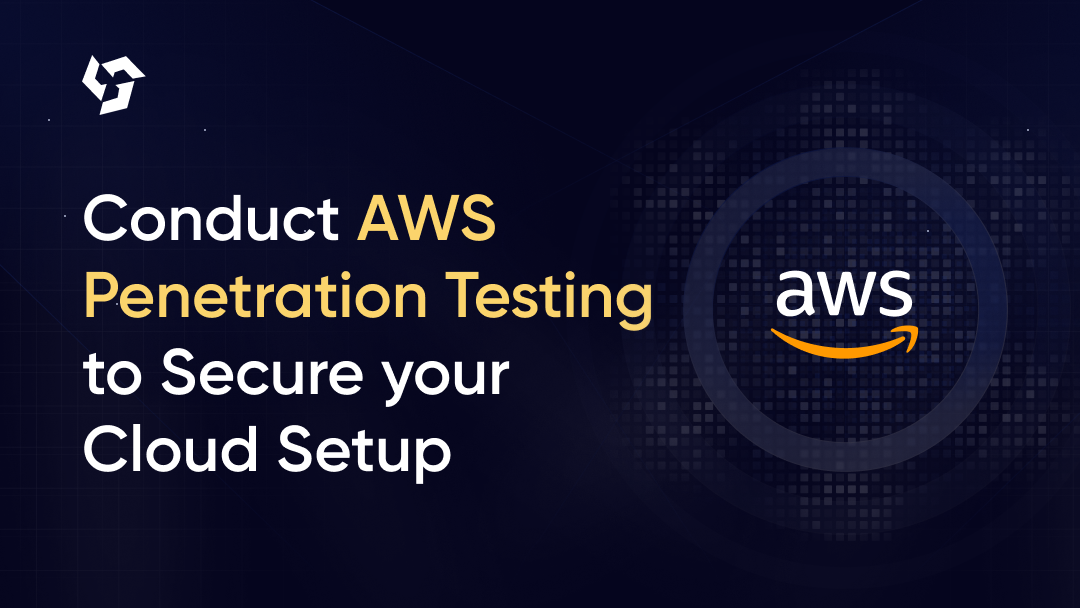

.png)
.png)
.png)
.png)
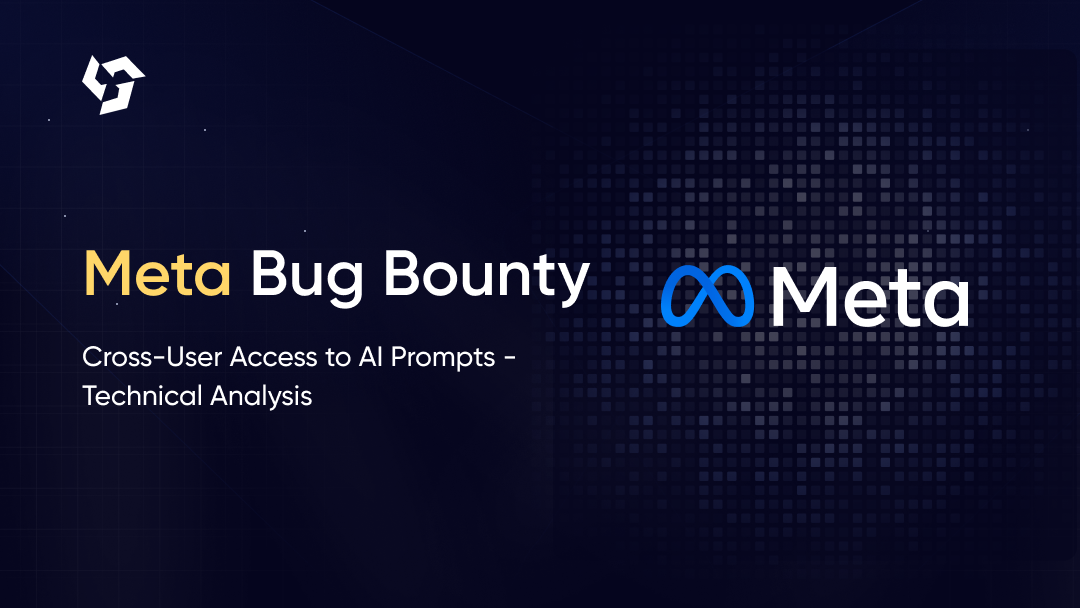
.png)
.png)
.png)

.png)
.png)
.png)
.png)
.png)

.png)









.webp)





.webp)


.webp)

.webp)



.webp)

.webp)
.webp)

.png)




.webp)
